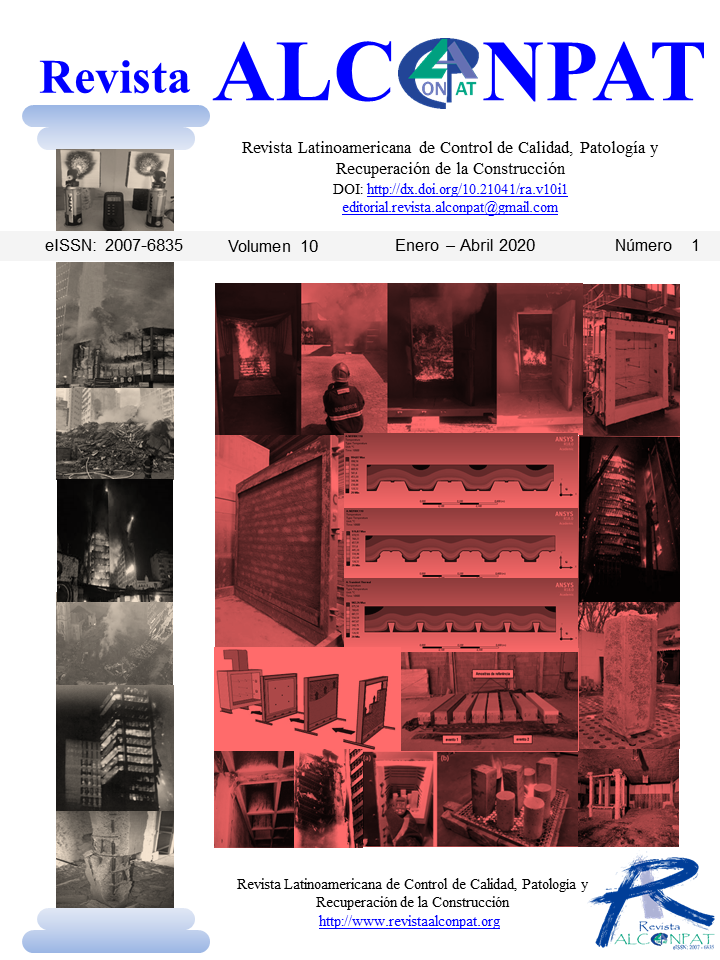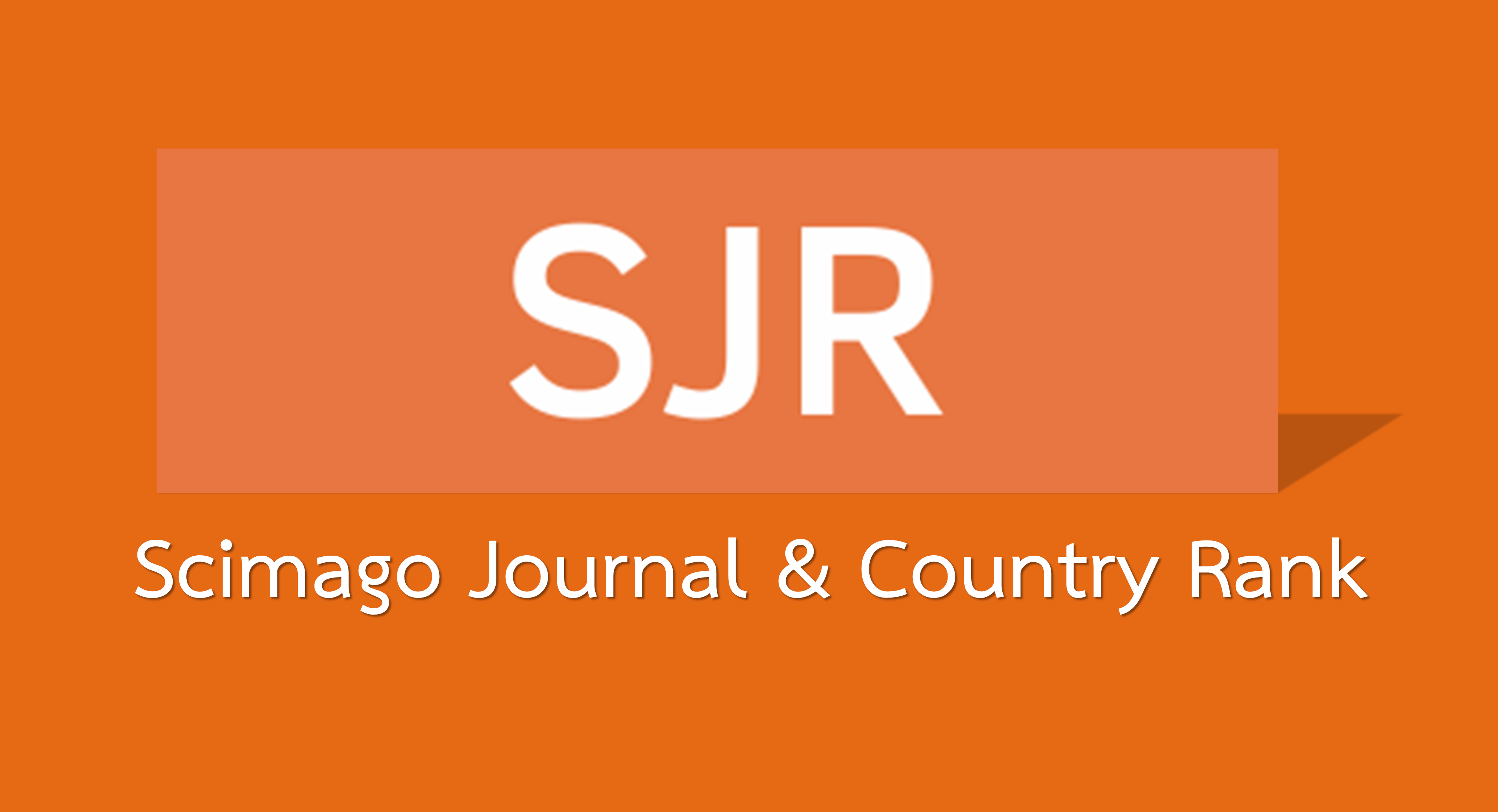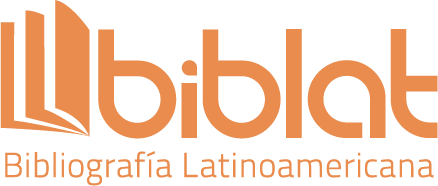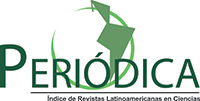Fire and Collapse of the Wilton Paes de Almeida Building in São Paulo, Brasil: lessons learned
DOI:
https://doi.org/10.21041/ra.v10i1.419Keywords:
collapse, Wilton Paes de Almeida building, diagnosis.Abstract
The objective of this work was to make a diagnosis that explains the mechanism of collapse, in just 80 minutes, of the Wilton Paes de Almeida building, which was surprising for the engineering of structural concrete. Previous fires, such as that of the Andraus Building, the Joelma and the Great Avenue, withstood more than 4 hours of fire without collapsing and are currently in use. To understand this unusual collapse, an experimental investigation of the characteristics and properties of the concrete and the reinforcement used in that structure was carried out, based on a "hypothetical structural project" that considered the actual characteristics of the materials used. Based on the diagnosis, recommendations were established so that cases like this do not recur.
Downloads
References
Alonso, C. (2008), Assessment of post-fire reinforced concrete structures: Determination of depth of temperature penetration and associated damage. Concrete Repair, Rehabilitation and Retrofitting II – Alexander et al (eds)© 2009 Taylor & Francis Group, London, ISBN 978-0-415-46850-3.
Aleteia (1992), “A trajetória do prédio que desabou no centro de São Paulo”. 28/05/2018. Disponível em: https://pt.aleteia.org/2018/05/02/a-trajetoria-do-predio-que-desabou-no-centro-de-sao-paulo/ , acesso em 08/03/2019.
Andrade, C. (1992), Manual para diagnóstico de obras por corrosão de armaduras. PINI, 104p
American Society of Test Materials. (2000), ASTM E119: standard methods of fire test of building construction and materials: fire and flammability standards, test method. West Conshohocken, PA.
Bilesky, P. (2016), Contribuição aos estudos do módulo de elasticidade do concreto. Dissertação. IPT Instituto de Pesquisas Tecnológicas, 298 p. Orientador: Paulo Helene.
Britez, C., Castro-Borges, P., Berto, A., Helene, P. (2013), Experimental evaluation of colored HSC column in fire conditions. Revista ALCONPAT, CONPAT, vol. 3 nº 1, p. 39-54, DOI: 10.21041/ra.v3i1.42
Calavera Ruiz, J. et. al. (2005), Comportamiento de la estrutura del edifício Windsor de Madrid frente al incêndio sufrido. Ingenieria Estructural, n. 37, p. 27-39.
Chana, P., Price, B. (2003), The Cardington fire test. Concrete (London), v.37, n.1, p. 28-33.
G1 (2018), “Incêndio em prédio de SP foi causado por curto-circuito em tomada no 5º andar, diz secretário”. 03/05/2018. Disponível em: https://g1.globo.com/sp/sao-paulo/noticia/incendio-em-predio-de-sp-foi-causado-por-curto-circuito-em-tomada-no-5-andar-diz-testemunha.ghtml, acesso em 20/03/2019
Helene P., et. al. (2019), Edifício Wilton Paes de Almeida. Histórico, anamnese, estudos, ensaios e análises da estrutura de concreto armado do edifício Wilton Paes de Almeida, que sofreu incêndio e colapso no dia 1o de maio de 2018, sito a Rua Antônio de Godoy, 581, Largo do Paissandu, São Paulo, SP. Recomendações Técnicas. Parecer Técnico PhD 324/2019. Abril, 2019. 100p. Disponível em www.phd.eng.br.
International Organization for Standardization. (1999). ISO 834: fire resistance tests: elements of building construction: part 1. General requirements. Geneva.
National Institute of Standards and Technology. (2005). Final report on the collapse of the World Trade Center Towers. NIST NCSTAR 1. September, 302p.
News Rondônia (2018). “A história do edifício Wilton Paes de Almeida no Largo do Paissandu”. 03/05/2018. Disponível em www.newsrondonia.com.br/noticias/a+historia+do+edificio+wilton+paes+de+almeida+no+largo+do+paissandu/110221. Acesso em 08/03/2019.
Revista Acrópole (2019). Ano 27 - N° 323, Nov. 1965. Disponível em: www.acropole.fau.usp.br/edicao/323/14 , acesso em 08/03/2019.
François Hennebique (2019). Disponível em: www.fr.wikipedia.org/wiki/Fran%C3%A7ois_Hennebique, em 08/03/2019.
Downloads
Published
How to Cite
Issue
Section
License
_______________________________
License in effect from September 2020
You are free to:
- Share — copy and redistribute the material in any medium or format for any purpose, even commercially.
- Adapt — remix, transform, and build upon the material for any purpose, even commercially.
- The licensor cannot revoke these freedoms as long as you follow the license terms.
Under the following terms:
- Attribution — You must give appropriate credit , provide a link to the license, and indicate if changes were made . You may do so in any reasonable manner, but not in any way that suggests the licensor endorses you or your use.
- No additional restrictions — You may not apply legal terms or technological measures that legally restrict others from doing anything the license permits.
Notices:
You do not have to comply with the license for elements of the material in the public domain or where your use is permitted by an applicable exception or limitation .
No warranties are given. The license may not give you all of the permissions necessary for your intended use. For example, other rights such as publicity, privacy, or moral rights may limit how you use the material.





















.png)














